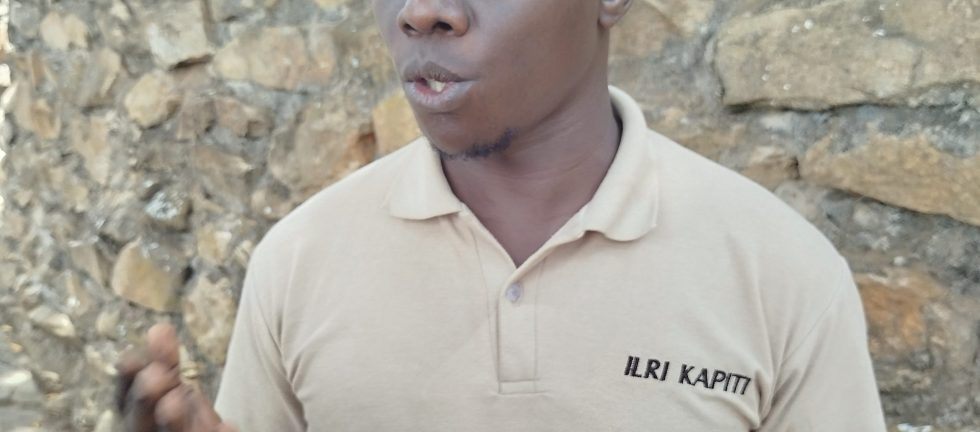ILRI Unveils Heat-Tolerant Cattle to Boost Climate Resilience
By Milliam Murigi
Scientists at the International Livestock Research Institute (ILRI) have developed a breed of cattle that can withstand extreme heat, offering hope to farmers grappling with the growing impacts of climate change.
The work is part of the System for Land-Based Emissions Estimation (SLICK) project, which began in 2018 at ILRI’s Kapiti Research Station in Machakos County. The initiative aims to produce climate-resilient livestock that can adapt to high temperatures without compromising growth and health.
Nelson Kipchirchir, a research coordinator and veterinarian at Kapiti Research Station, says that in partnership with the Livestock Improvement Company (LIC) of New Zealand, they developed the breed by mating of Boran x Holstein Freisian dairy cows (currently on Kapiti station) to heterozygous SLICK sire semen supplied by LIC.
“The SLICK project has been ongoing since 2021; this far, several mating rounds have been undertaken to produce the SLICK heterozygous (+/-) animals that will be performance tested,” said Kipchirchir.
Adding that “The project aims to assess whether heat-tolerant traits like SLICK can sustain milk production, enhance livestock resilience, and improve farmer productivity and livelihoods under changing climate conditions.”
The SLICK trait is found naturally in tropically adapted breeds like Senepol and Criollo. It has also been introduced into other breeds like Holsteins through crossbreeding and genome editing.
Studies across several cattle populations carrying the SLICK gene, according to him, have shown remarkable results from animals. These cattle grow short, sleek coats that help them stay cool even in extreme heat. They handle high temperatures better, showing superior thermoregulation, and unlike many traditional breeds, their milk production drops far less during hot weather. This means farmers could look forward to more consistent yields and healthier animals, even as our climate continues to change.
The scientists are also closely monitoring the animals for indicators of heat tolerance, such as body temperature regulation, feeding behavior, and resistance to ticks and other external parasites. The goal is to determine how well the animals can maintain optimal health and growth rates under high-temperature stress, an increasingly common challenge for livestock across the continent.
“We are still at the trial phase; to most of us we are really excited, I think it will be of high interest to see how SLICK dairy cattle will perform in an African environment, both as pure-exotic animals and also as crossbreeds of indigenous by exotic,” he added.
Kenya’s semi-arid and arid lands (ASALs), which cover nearly 80 percent of the country, are among the areas expected to benefit most from this innovation. These regions, home to millions of pastoralists, have seen recurring droughts devastate herds, wiping out livelihoods and threatening food security.
The new breed could provide a lifeline by ensuring farmers have animals that are not only adapted to heat but also capable of surviving longer dry spells and recovering faster when conditions improve.
“Everyone is looking for animals that are adaptable, economical, and sustainable,” Nelson noted. “The aim is to ensure farmers can continue keeping cattle even as the environment becomes hotter and less predictable.”
The project also contributes to Kenya’s broader efforts to reduce greenhouse gas emissions from the livestock sector. By producing animals that can remain productive in harsh conditions, ILRI hopes to minimize the need for overstocking, a common practice that worsens land degradation and methane emissions.
“This research aligns with Kenya’s climate adaptation goals,” Nelson added. “We’re working towards livestock systems that are not only climate-smart but also sustainable for future generations.”
Although it will take several more years before the breed is released to farmers, the early results are promising. The animals at Kapiti have shown remarkable resilience under high temperatures, spending more time grazing and less time seeking shade compared to ordinary cattle.
“Climate change is forcing us to rethink how we breed and manage animals. Developing heat-tolerant livestock is not just a scientific pursuit; it’s a survival strategy for millions of farmers across the continent,” he concluded.

